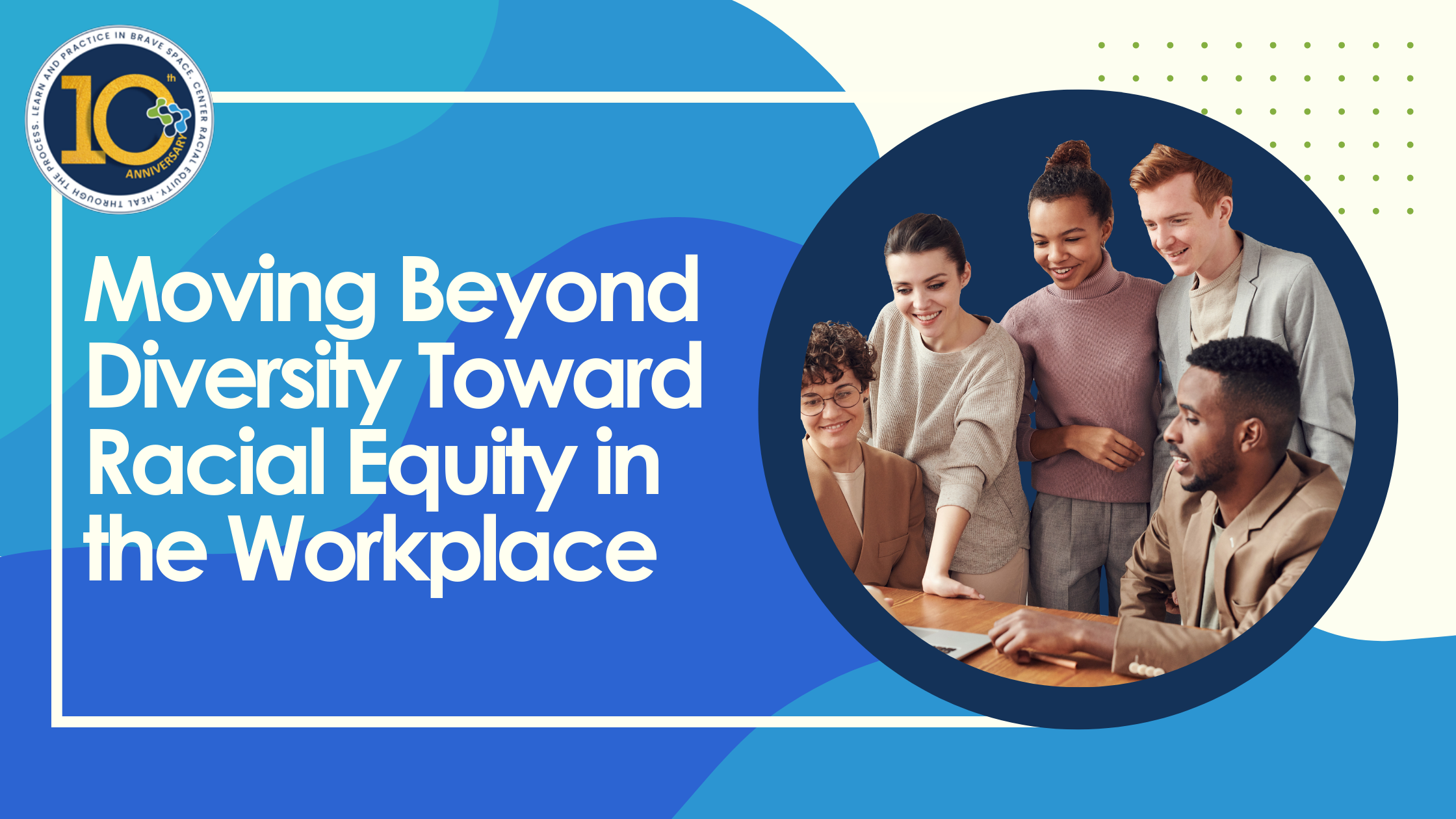After racial tension reached a fever pitch in 2020, there’s a renewed focus on diversity and inclusion in the workplace. Companies that have previously avoided any discussion of race took a public stance on racism and made commitments to achieving racial equity and justice.
The problem, particularly with white business leaders, is how. Though they want to reach this goal in their organizations, they’re unsure of what steps to make and how to transform organizations that fit all people.
Naturally, this is a challenging issue for corporate leaders. Despite promoting a racially diverse company culture, the legacy of racism is complex, personal, and still unresolved. They mean well, but these organizations are only implementing stop-gap measures – not fundamental changes that dismantle the institutional racism that lives on.
To move toward true racial equity, our country’s foundation of racial injustice must be acknowledged.
Understand the Pillars of Power
Prior to 1965, the US had policies and practices that kept white and Black people legally separated to maintain white supremacy. It’s deeply ingrained in our institutions and ourselves, and for white leaders, there’s only a simple understanding of racism.
Reaching racial equity and an inclusive culture starts with understanding the norms, values, and practices that disproportionately benefit white people at the expense of others. This isn’t a quick or simple process – it starts with listening.
Listening to the stories and experiences of others, understanding the complex history, and reflecting on personal biases require training and daily practice. And it must begin at the top – with the leader as the example – to spread throughout the company culture.
Embrace Conflict
Conflict is uncomfortable for many, but it’s necessary for true transformation. For most companies, efforts are made to avoid conflict, and that’s where the problem starts. We can’t ignore conflict. Instead, we must embrace it.
Racial equity work will be uncomfortable. It’s important to accept that from the start. White people, in particular, will be uncomfortable or anxious when discussions of privilege and racism come up, but the only way out is through.
Conflict is also an important part of interrupting the patterns that fuel structural disadvantages with issues like pay equity and career advancement. Without bringing attention to these issues and confronting them, change can’t happen.
Leaders must model a culture that’s supportive and accepting of conflict and allows people to shed defensiveness and be vulnerable when concerns arise. Interactions that are uncomfortable are the ones that reveal truths and learning opportunities.
Commit to Continued Learning
Creating and sustaining an inclusive, racially equitable culture is work that’s never over. It’s a journey, not a destination. Organizations have to commit to ongoing learning and investment in culture to see the transformation they desire.
It’s going to be hard. It’s going to be heavy. It requires commitment and trust from every member of the staff. This isn’t as simple as a week of diversity training with a signed form for HR.
We’ve failed in the past, over and over. Today is a new start and opportunity to dismantle institutional racism in the workplace and move toward true equity.
About CommunityBuild Ventures
CommunityBuild Ventures is a pro-Black, solution-focused firm committed to eliminating racial disparities and developing powerful, racial-equity-driven leaders and organizations. We help organizations examine the root causes of issues defined by racism. Is your organization ready for transformational change? Contact us.


